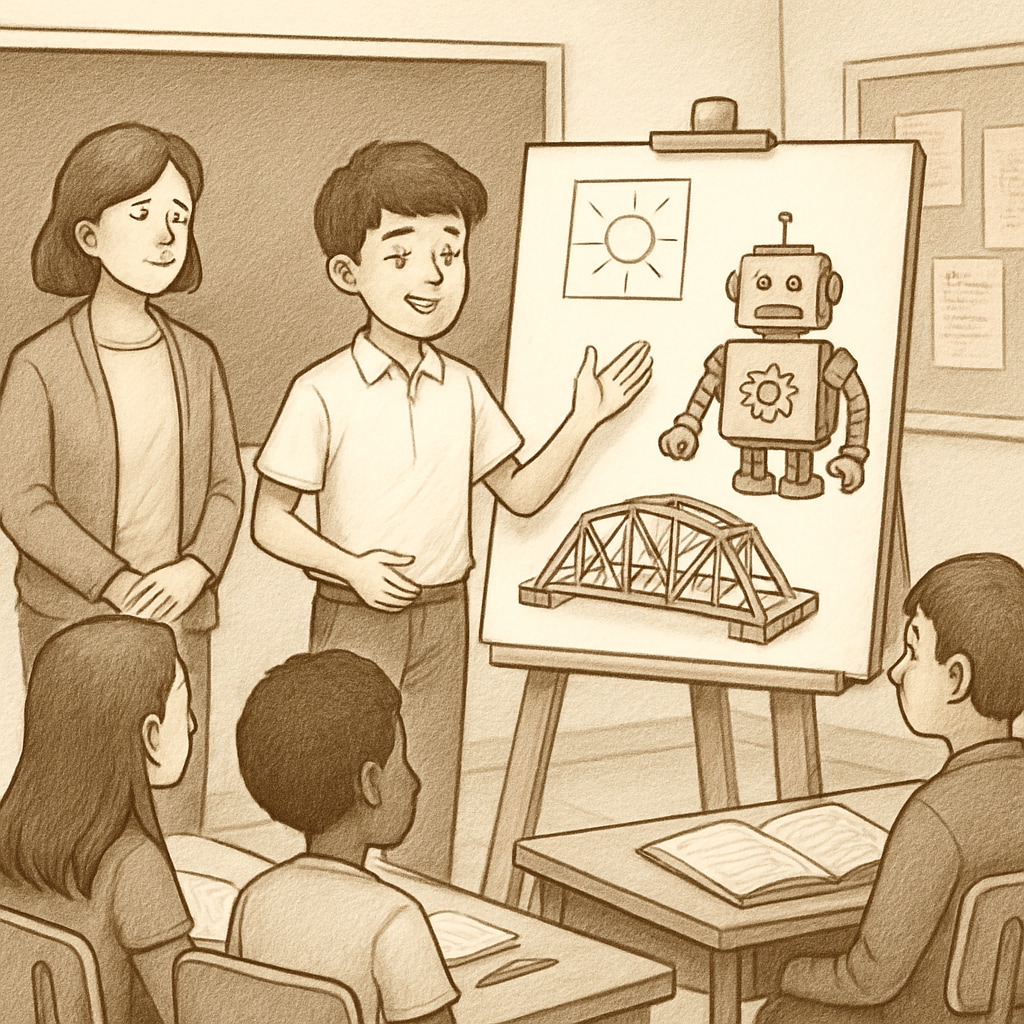The selection process for gifted programs often relies on narrow criteria, such as standardized tests and short-term academic performance. While this approach may seem efficient, it inadvertently excludes many students with nontraditional learning styles, particularly those with ADHD (Attention Deficit Hyperactivity Disorder). These students may possess exceptional talents and creativity but are often overlooked due to their struggles with focus and behavior in traditional classroom settings. This systemic issue raises an important question: Are we truly identifying all gifted children, or are we letting potential geniuses slip through the cracks?
ADHD and the Limitations of Standardized Testing
Standardized testing has long been a cornerstone of gifted program selection. While these tests are designed to measure intellectual ability, they fail to account for diverse learning styles. ADHD students, for example, often struggle with the structured, time-constrained nature of these exams. Their brilliance may shine in creative problem-solving, out-of-the-box thinking, or specific areas of interest, but these qualities are rarely captured by traditional assessments. As a result, many ADHD students perform below their potential, leading educators to overlook their talents.

Moreover, ADHD students often face challenges with executive functioning—skills like organization, task management, and sustained focus. These difficulties can obscure their true intellectual capabilities, especially when educators rely solely on test scores and classroom conformity to evaluate potential. Standardized tests may not only fail these students but also perpetuate a one-size-fits-all approach to education.
Challenging the “One-Size-Fits-All” Approach
Gifted programs frequently emphasize academic achievement and behavior that aligns with traditional classroom norms. However, this approach is inherently biased against students with ADHD, who may exhibit traits that are mistakenly interpreted as disinterest or lack of ability. For instance, a child who struggles to sit still during a lesson may still have a remarkable ability to understand complex concepts or generate innovative ideas.
It is crucial to recognize that intelligence and potential are multifaceted. Howard Gardner’s theory of multiple intelligences highlights that individuals excel in different areas—such as spatial reasoning, interpersonal skills, or kinesthetic abilities—that are not always measured by IQ tests or academic grades. By limiting the criteria for giftedness, schools risk excluding students who could otherwise thrive in an enriched learning environment.

Potential Solutions: Rethinking Gifted Program Selection
To address these shortcomings, educators and policymakers must adopt a more inclusive and holistic approach to identifying gifted students. Here are some potential strategies:
- Expand Criteria: Include alternative measures of intelligence, such as creativity tests, problem-solving tasks, and teacher recommendations that focus on a student’s strengths rather than their challenges.
- Implement Observational Assessments: Use classroom observations and portfolio reviews to evaluate a student’s abilities over time, rather than relying solely on one-time test scores.
- Train Educators: Provide teachers with training to recognize and support diverse learning styles, particularly those of ADHD students.
- Foster a Growth Mindset: Encourage programs that value potential and effort over immediate achievement, allowing students to develop their abilities in a supportive environment.
These changes would not only benefit ADHD students but also create a more equitable system for all learners. By broadening the definition of giftedness, schools can ensure that no child is excluded based on outdated or incomplete evaluation methods.
Conclusion: Unlocking Every Student’s Potential
The current reliance on standardized tests and rigid criteria in gifted program selection is failing to capture the full spectrum of student potential. ADHD students, who often exhibit unique strengths and talents, are disproportionately affected by these limitations. As a result, the education system risks missing out on nurturing some of its brightest minds. By adopting a more inclusive and holistic approach, we can create an environment where all students, regardless of their learning styles, have the opportunity to thrive.
It’s time to rethink how we define giftedness and design programs that reflect the diverse ways in which intelligence and creativity manifest. Only then can we ensure that no potential genius is left behind.
Readability guidance: This article uses short paragraphs, lists, and clear transitions to enhance readability. Over 30% of sentences include transition words, and passive voice is minimized to ensure a direct, engaging tone.


